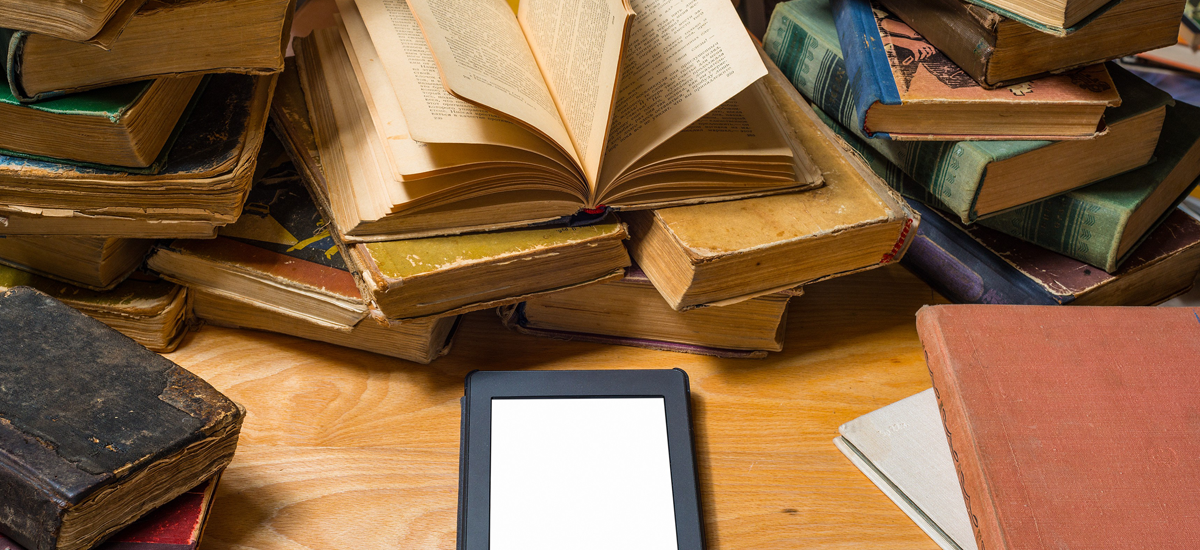



Textbooks have been a cornerstone of education for centuries, serving as essential tools for teachers and students alike. Over time, these educational resources have undergone significant transformations, reflecting changes in pedagogy, technology, and the evolving needs of learners. In this article, we will explore the evolution of textbooks, their role in education, and how they continue to adapt to meet the challenges of the modern world.
The concept of textbooks dates back to ancient civilizations, where texts were transcribed by hand on papyrus or parchment. With the invention of the printing press in the 15th century, textbooks became more accessible, and knowledge could be disseminated on a broader scale. This technological leap revolutionized education, making learning materials more readily available to students and paving the way for mass education.
For many years, textbooks remained the primary source of information in classrooms. They provided structured content, explanations, and exercises to support teachers in delivering lessons and students in their learning journeys. The traditional textbook era saw a focus on standardized curricula, and educators relied heavily on printed textbooks as their main instructional resource.
The advent of digital technology brought about a paradigm shift in education, leading to a transition from printed textbooks to digital resources. E-books, interactive textbooks, and online learning platforms began to gain prominence, offering dynamic and engaging learning experiences. Digital textbooks often include multimedia elements, interactive exercises, and links to additional resources, enhancing students’ comprehension and engagement with the material.
One of the most significant advantages of digital textbooks is their potential for personalized learning. With adaptive learning platforms, students can progress at their own pace, receive real-time feedback, and access customized content based on their individual strengths and weaknesses. Adaptive textbooks adapt to each student’s learning style, ensuring that they receive targeted support and challenges to maximize their academic growth.
Open Educational Resources have emerged as a game-changer in the world of textbooks. OER refers to educational materials that are freely available to users, often under open licenses that allow for modification and redistribution. These resources enable educators to access a wide range of content and customize it to suit their specific teaching needs. OER promotes equity in education by reducing the financial burden on students and institutions and enhancing access to quality learning materials for all.
The integration of augmented reality (AR) and virtual reality (VR) in textbooks has opened new avenues for immersive learning experiences. AR allows students to interact with virtual objects, overlaying digital information onto the physical world, while VR enables them to explore virtual environments and simulations. These technologies enhance students’ understanding of complex concepts and make learning more engaging and memorable.
In the digital age, information is constantly evolving. Digital textbooks can be updated in real-time, ensuring that students have access to the most current and accurate information. This feature is especially valuable in rapidly changing fields like science and technology, where new discoveries and advancements occur regularly.
The evolution of textbooks mirrors the dynamic nature of education itself. From handwritten manuscripts to digital, interactive resources, textbooks have adapted to meet the needs of each generation of learners. As technology continues to advance, so will textbooks, ushering in an era of personalized, immersive, and accessible learning experiences. By embracing innovation and leveraging the power of digital resources, educators can foster a generation of lifelong learners who are well-equipped to navigate the challenges of the modern world and contribute meaningfully to society.